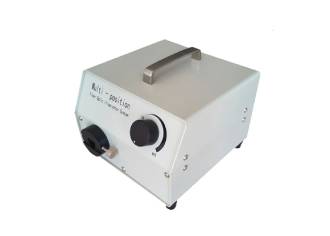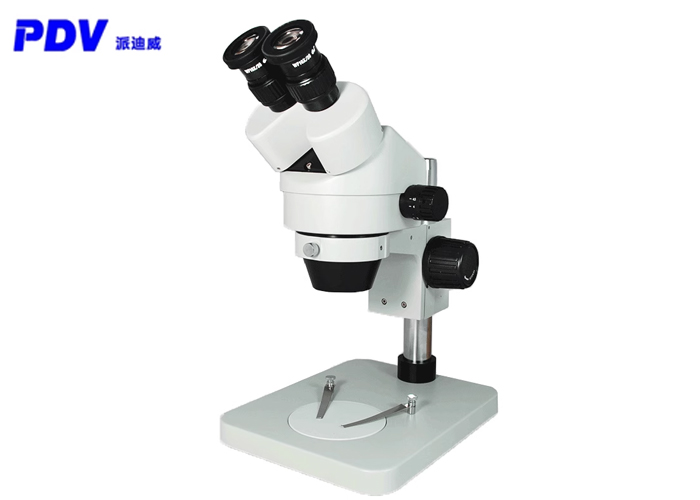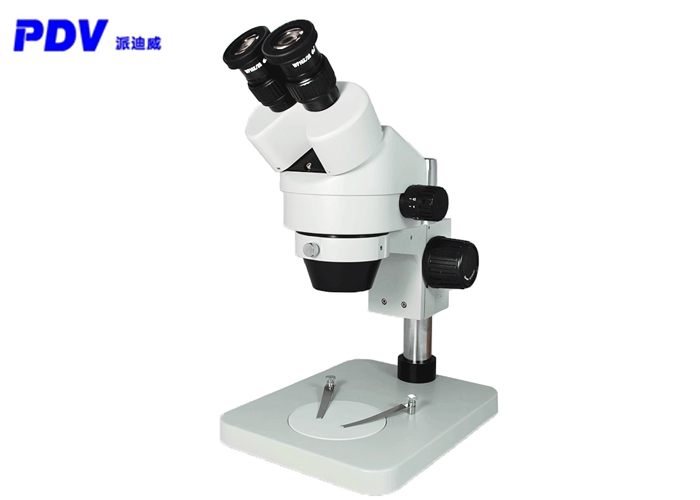Optical illuminator manufacturer for you to share: fiber optic lighting is an emerging lighting method. Optical fiber is a kind of flexible light guide. It was originally used for building light guide, but now it is widely used in green lighting. Fiber optic lighting is highly personalized and can meet people's different needs for the light environment. It has been widely used in industry, scientific research, medicine, landscape, building facade lighting, indoor and outdoor underwater lighting, public area guidance lighting, etc.
1 The development of fiber optic lighting
Fiber optic lighting has been accepted as early as the 1930s. The fiber used is mainly bundled glass fiber. Due to the extremely high cost, it cannot reach the practical stage at all. In the 1960s, American DuPont used polymethyl methacrylate (PMMA) as the core material to make plastic optical fibers, but the optical fiber loss was large, and the optical fiber lighting was not practical. In the late 1970s, as countries attached great importance to plastic optical fibers, Mitsubishi Rayon Corporation polymerized PMMA with high-purity MMA monomers, which reduced the loss of plastic optical fibers to less than 200dB / km, and successfully achieved industrialization and commercialization. Fiber optic decorative lighting has really moved to the practical stage. By the late 1980s, China's research institutes engaged in the research, development, and production of plastic optical fibers had also made some breakthroughs. Plastic optical fiber gradually replaced glass optical fiber and entered the field of computer communication and medical equipment, and expanded in decorative lighting. Directing light through the optical fiber to the illuminated object can greatly improve the accuracy and contrast of the illumination, and provide illumination for objects that cannot normally be illuminated. Using the flexibility of the optical fiber, you can get a unique lighting effect with a lot of artwork. At the same time, the outgoing light of fiber optic lighting does not contain infrared rays and ultraviolet rays are not charged, does not generate heat, and does not cause damage to the illuminated objects.

Optical Illuminator
2 The composition of the fiber optic lighting system consists of a fiber optic illuminator, light-emitting conductors, and terminal accessories.
(1) The optical illuminator includes a light source, reflector, filter, color wheel, etc. According to different internal light sources, it can be divided into tungsten halogen lamps and metal halide lamps; according to different protection levels, it can be divided into indoor and outdoor types.
(2) The light-emitting conductor is generally composed of plastic or glass fiber bundles or single plastic fiber. Considering the attenuation, the transmission distance is generally within 30 meters.
(3) Terminal accessories are divided into light-emitting terminal accessories and non-light-emitting terminal accessories.
3 Classification of fiber optic lighting systems
(1) The solid fiber series is divided into three categories: solid crystal ice flower fiber, solid side light fiber, and solid tail fiber.
Solid crystal ice flower optical fiber: the outer color is completely transparent, and the same inner diameter of the optical public electrical and space-time fiber is slightly larger than the other two types.
Solid side light fiber: use the fiber optic tail light to control the color wheel rotation with the controller to produce a colorful light effect. Solid side light fiber can be installed on both sides of roads, steps, outer contours of staircase buildings, tunnels, caves, etc.
Solid tail fiber: mainly used in conjunction with fiber tail lights. It has the largest light guide and the smallest light loss in the visible spectrum range; the loss of light intensity in the visible spectrum range is small; the high numerical aperture to produce the largest acceptance angle and divergence angle; easy to bend, high safety, no human body Harm; can be used in shock, electricity and outdoor, underwater.
(2) Optical fiber can be divided into a single strand, multiple strand, and mesh. Single-strand fiber: divided into two kinds of body light and end light. Multi-strand fiber: all end light, the number of strands is usually a few to hundreds. Mesh fiber: It is composed of thin-diameter bulk light-emitting fiber, which can form a flexible light band.
(3) Optical fiber small package series. The optical fiber small package is to combine the light source and the optical fiber together and share a packaging box to form a set of packaging. Only a simple installation can disperse the light to the end of each fiber, and then place the end of each fiber according to the need (such as a pattern on the ceiling). This effect is unmatched by traditional bulbs. This series is especially suitable for home decoration and other small-scale space decoration. Non-professionals can also install.
4 The principle of fiber optic lighting: When the light source passes through the reflector, a beam of approximately parallel light is formed. Due to the effect of the filter, the beam is turned into colored light. When the light beam enters the fiber, the colored light is sent to the predetermined place along the path of the fiber. In order to obtain an approximately parallel beam, the light-emitting point should be as small as possible, similar to a point light source. The reflector is generally an aspherical reflector. According to the need, the corresponding color light source can be obtained by changing the filters of different colors. The function of optical fiber is to transmit or emit light to a predetermined place. In theory, light travels straight. But in practical applications, people want to change the direction of light propagation. The emergence of fiber optics is precisely the use of optical components such as lenses and mirrors to change the direction of propagation infinitely. The light is transmitted along the path of the fiber and the flexible propagation of light is achieved.













